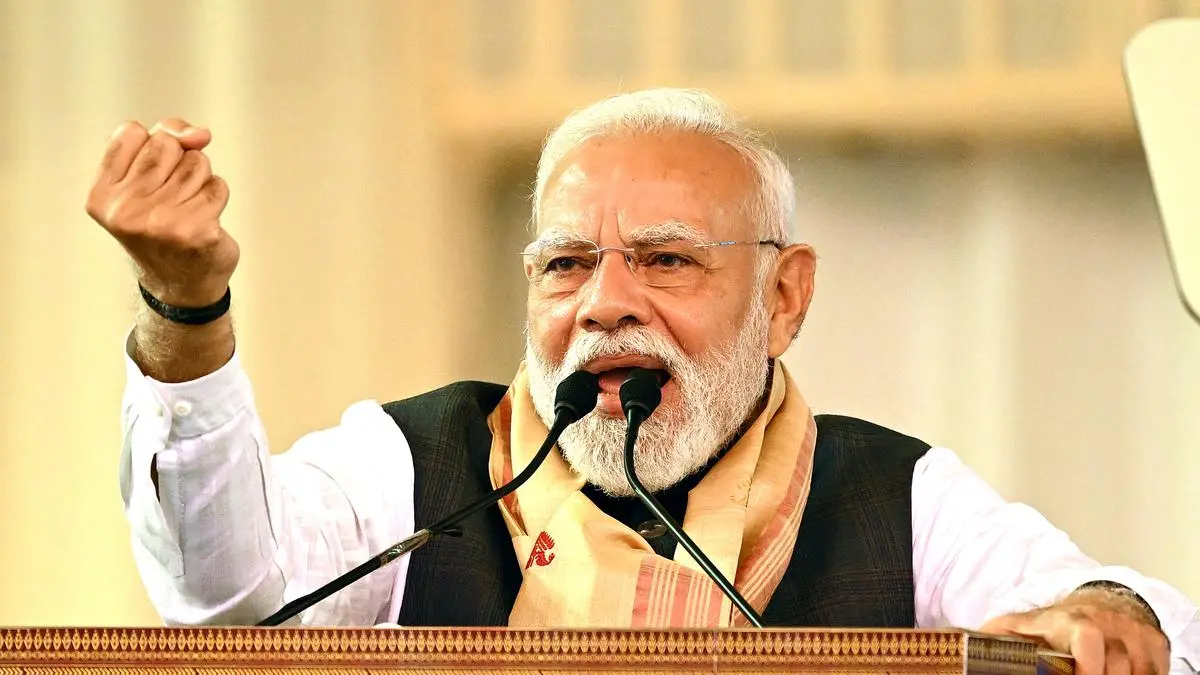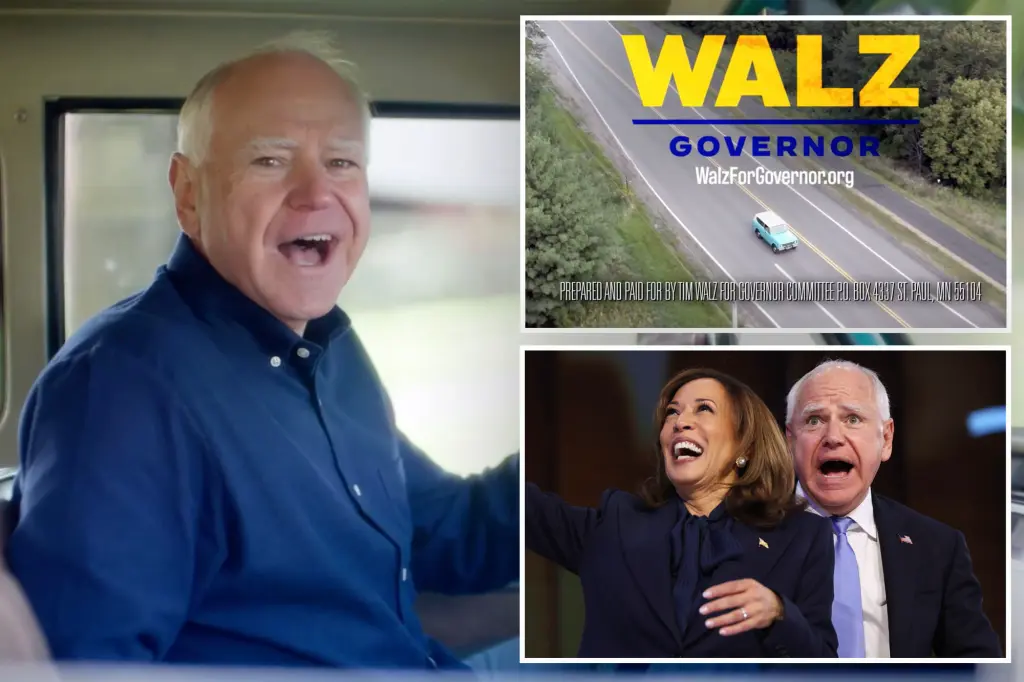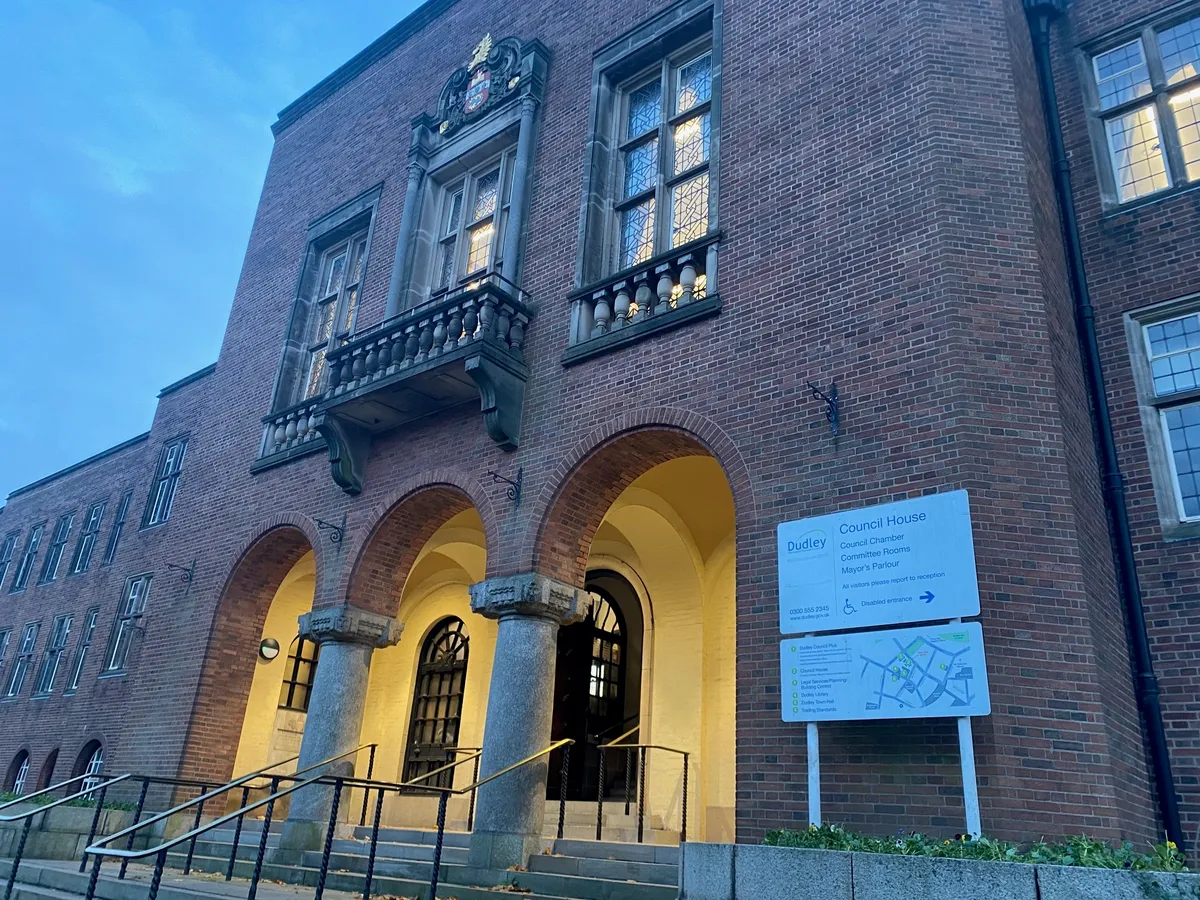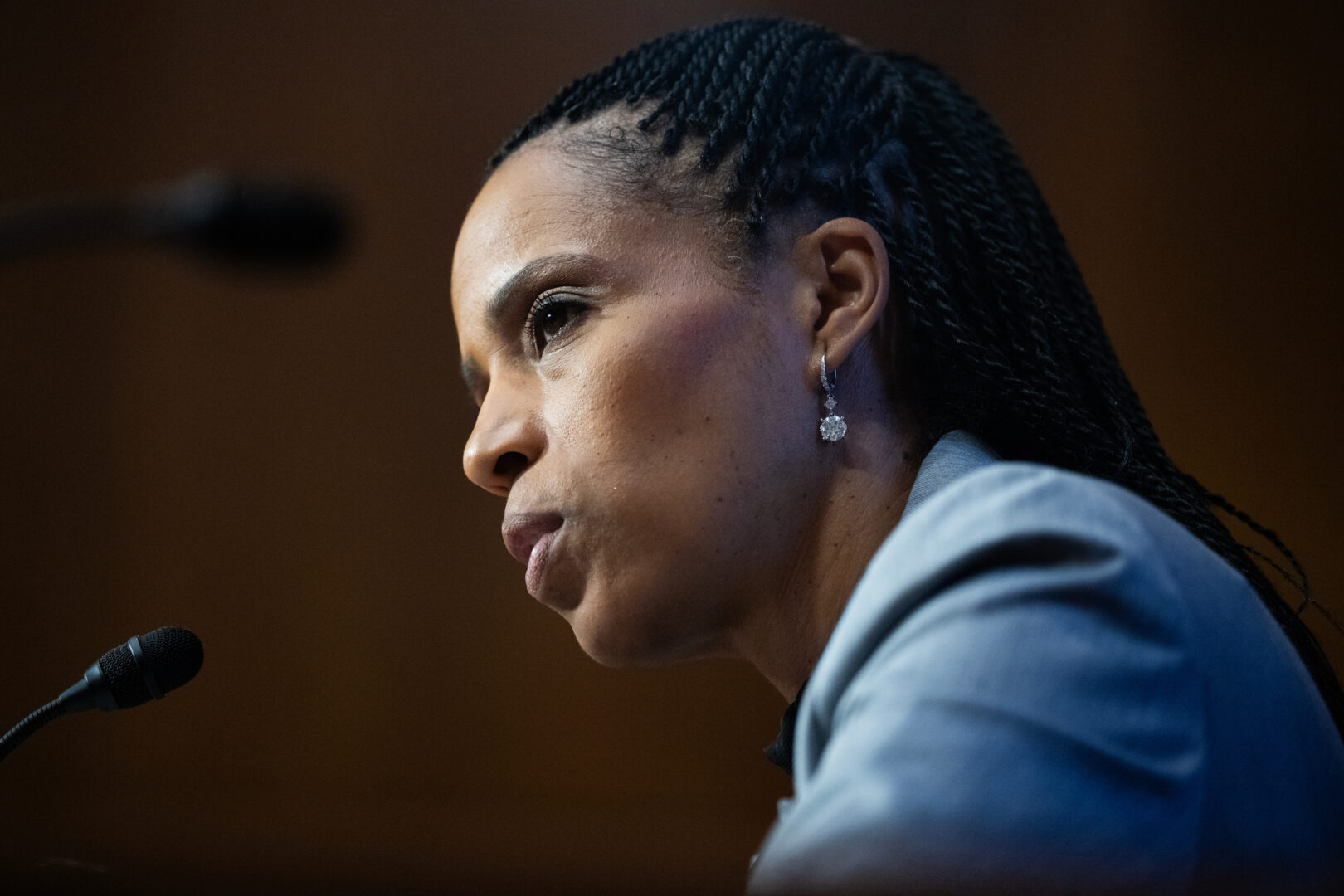
Just over a year ago, as Indian Prime Minister Narendra Modi reeled from the worst election setback of his career, speculation mounted that the nation’s most dominant politician in a generation was at risk of losing power.
Opposition groups and commentators openly discussed whether Modi might finally step aside after his party was forced into a coalition government for the first time since coming to power a decade earlier. Fanning the speculation was the fact that Modi would soon turn 75 — his party’s unofficial retirement age, and a milestone when other Indian leaders in his party had ceded power.
That chatter picked up last month after US President Donald Trump slapped India with 50 per cent tariffs and called its economy “dead.” Although the two leaders have since moved to mend ties, exchanging positive words in a call Tuesday, Trump’s abrupt U-turn had amounted to an embarrassment for Modi, who invested personally in the relationship and had shifted India closer to the US.
But as Modi celebrates his 75th birthday on Wednesday, his grip on India appears more secure than ever. Modi has managed to bolster support among key allies, positioning himself to see out his third term and there’s no bar on him contesting elections in 2029 at the age of 79, according to party insiders and allies, who asked not to be identified because the discussions are private.
“The parlor discussions about Modi’s successor are merely that — idle talk,” said Milan Vaishnav, director of the South Asia Program at the Carnegie Endowment for International Peace. “Right now, there are no clear power centers in the BJP outside of the PM. This is, in part, due to Modi’s ability to remake the party in his own image.”
Modi’s firm grip on Indian politics has held despite enduring a torrent of crises that alone would have threatened any leader’s grip on power. They began with last year’s election blow — when his Bharatiya Janata Party failed to secure an outright majority in Parliament — and continued through this year, with a four-day armed conflict with Pakistan in May.
The economy is also under pressure, with growth this year expected to be at its weakest pace in five years even before the damage from the US tariffs is factored in. The rupee is trading near record lows against the dollar and Indian equities have significantly trailed emerging-market peers in the past year, also due to weak earnings growth and stretched valuations.
Modi’s office and the BJP didn’t respond to emailed requests for comment.
In July, the head of Rashtriya Swayamsevak Sangh, the Hindu right-wing group that propelled Modi’s rise to power, floated the idea that Indian leaders should retire at age 75, setting off a frenzy of speculation about the Prime Minister’s future.
Despite that, Modi’s control over the BJP remains strong and there is no question of replacing him, one senior politician from a coalition party said. When the BJP lost its parliamentary majority last year, opposition politicians and analysts questioned whether Modi was suited to sharing power in a coalition government.
But he has managed to keep his allies on side, offering them cabinet posts and financial allocations for key projects like a new capital city in the state of Andhra Pradesh, governed by coalition partner N. Chandrababu Naidu. Earlier this month, a top official from another coalition party reaffirmed its support for Modi and the BJP alliance.
At the same time, the Prime Minister has prioritized economic policies in his third term over hardline Hindu-nationalist agenda items that dominated prior terms. He cut income taxes in February and followed up with major consumption tax easing in August to cushion the impact of the US’s 50% tariffs.
As allies fell in line, Modi’s grip over lawmakers, bureaucracy and government apparatus has held. And even though there are concerns internally about his foreign policy missteps and growing economic pressures, Modi has a small group of trusted advisers and is largely unchallenged by his ministers, a top official in New Delhi said.
“Modi’s position is markedly weaker after the 2024 election, but he has done an excellent job of projecting an image of invincibility,” said Ian Hall, professor of international relations at Griffith University in Australia. “I don’t think he will retire at this point.”
The relationship with the RSS, the Hindu-nationalist group that gave rise to the BJP, is complicated. The Prime Minister got his political start as an RSS foot soldier in his home state of Gujarat and rose through the ranks of the BJP with strong backing from the group. While he frequently consulted with the RSS during his first term, the group was increasingly edged out from the inner circle of decision-making, according to RSS officials. There is concern within the group that Modi’s solid grip on power has left him isolated and resistant to consultation.
One result of this rift has been a yearslong delay in selecting the next president of the BJP, according to people familiar with the matter. Current BJP President JP Nadda was set to step down in 2023, but his term has been extended several times since, a sign that the two sides aren’t in sync over his successor.
Even so, the RSS sees the BJP as a vehicle to carry out its longer-term ideological plans. The Hindu nationalist group will continue to back Modi but policy missteps and an increase in economic problems would reduce support for the Prime Minister, people aware of the matter said. There are no clear successors to Modi, the person said. The RSS won’t oppose Modi publicly because it could fuel political instability and benefit the opposition, they said, but the organization will keep asserting itself where possible.
Mohan Bhagwat, the RSS leader who hinted at the retirement age for leaders in July, has since walked back his comments.
“The RSS has greatly benefited from Modi being in power,” said Nilanjan Mukhopadhyay, who wrote a biography of the Prime Minister. “He’s never deviated from the RSS objectives.”
The RSS didn’t respond to a request for comment. A senior official from the group said new leadership at the BJP would come when there is a need. Despite speculation, there is no discussion about a successor to Modi, the person said, asking not to be identified in order to discuss internal matters.
Among the population, Modi’s support remains high. An August opinion poll showed 58 per cent of respondents rated his performance as “good,” roughly the same level as a year ago and down only slightly from 62 per cent in February. While the spat with Trump may have dented India’s standing in the White House, within India it has strengthened his image as a leader who stands up to outside powers, several associates said.
Already there are signs that the US and India are seeking to mend the rift. Indian negotiators met with US trade officials on Tuesday. Trump’s nominee for US ambassador to India, Sergio Gor, said during a confirmation hearing last week that the two sides are close to a trade deal.
“In spite of this little hiccup that we have had over tariffs, our relationship is much stronger,” Gor said. “It’s built on many more decades.”
There is also concern in some circles that the Prime Minister’s grip on power is so complete that there are no clear heirs or successors, despite his age and his almost 12 years as India’s leader. India has no term limits, and some officials say they expect Modi to run for a fourth term in 2029 if he remains in good health.
Modi himself hasn’t committed to running for another term, though earlier this year he said it was “just the third term” for his coalition. He’s also set a long-term vision to make India into a developed country by 2047. If and when he steps aside, a tough fight will ensue for whoever is next in line to lead the party, said Mukhopadhyay.
“For the BJP, Modi poses a kind of existential crisis,” he said. “I don’t see Modi, in good health, ceding space to someone else.”
More stories like this are available on bloomberg.com
Published on September 17, 2025



